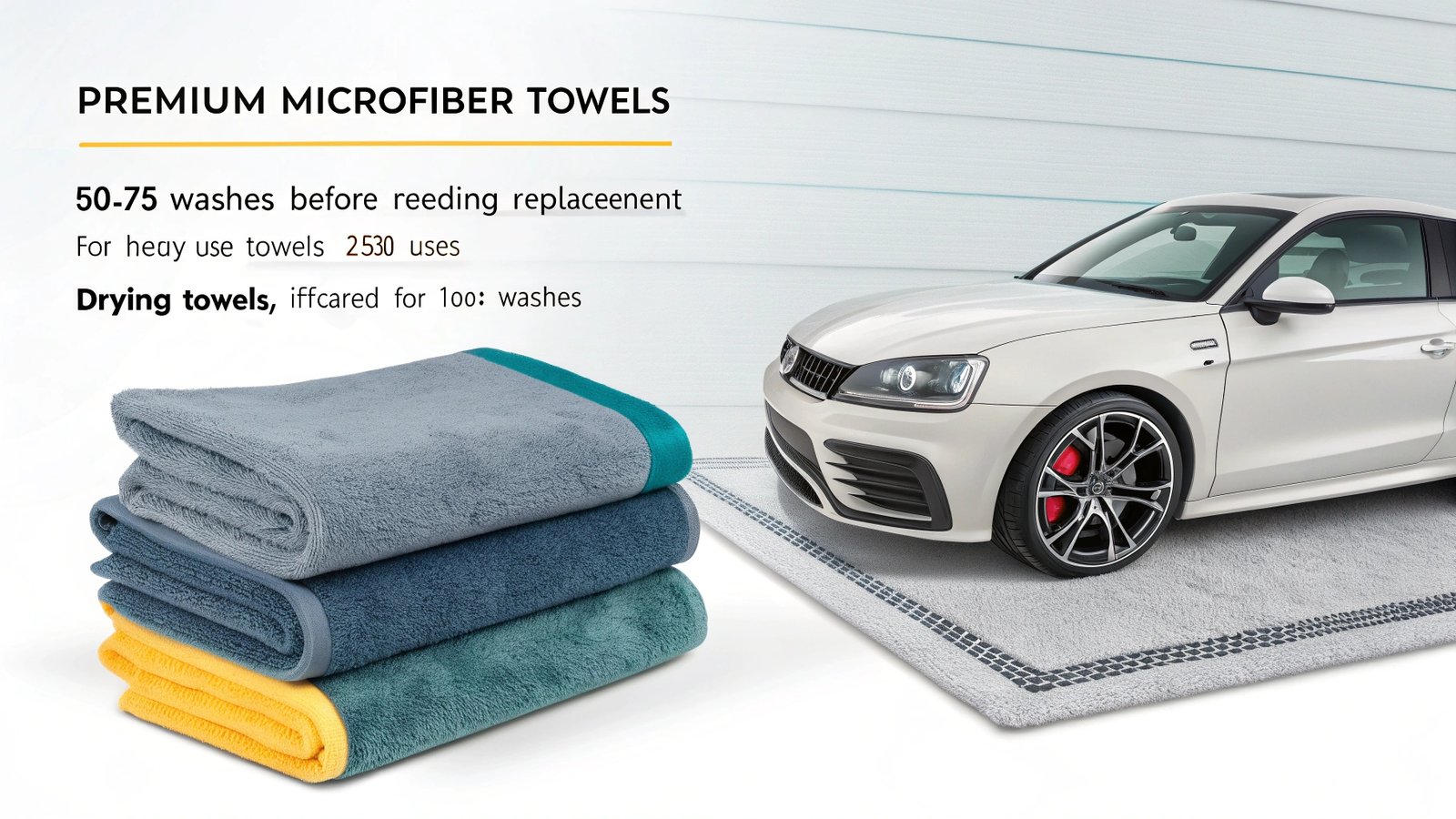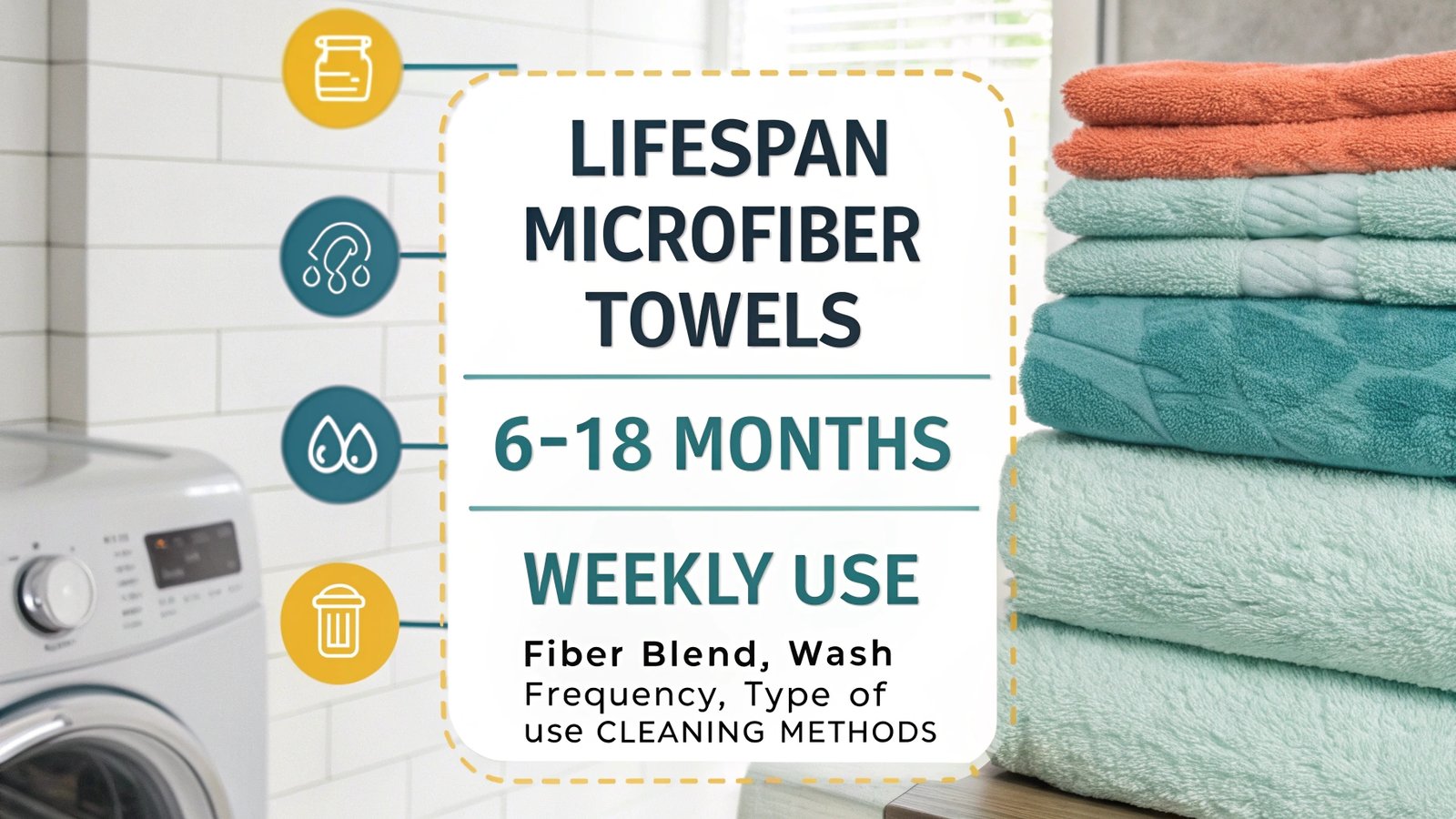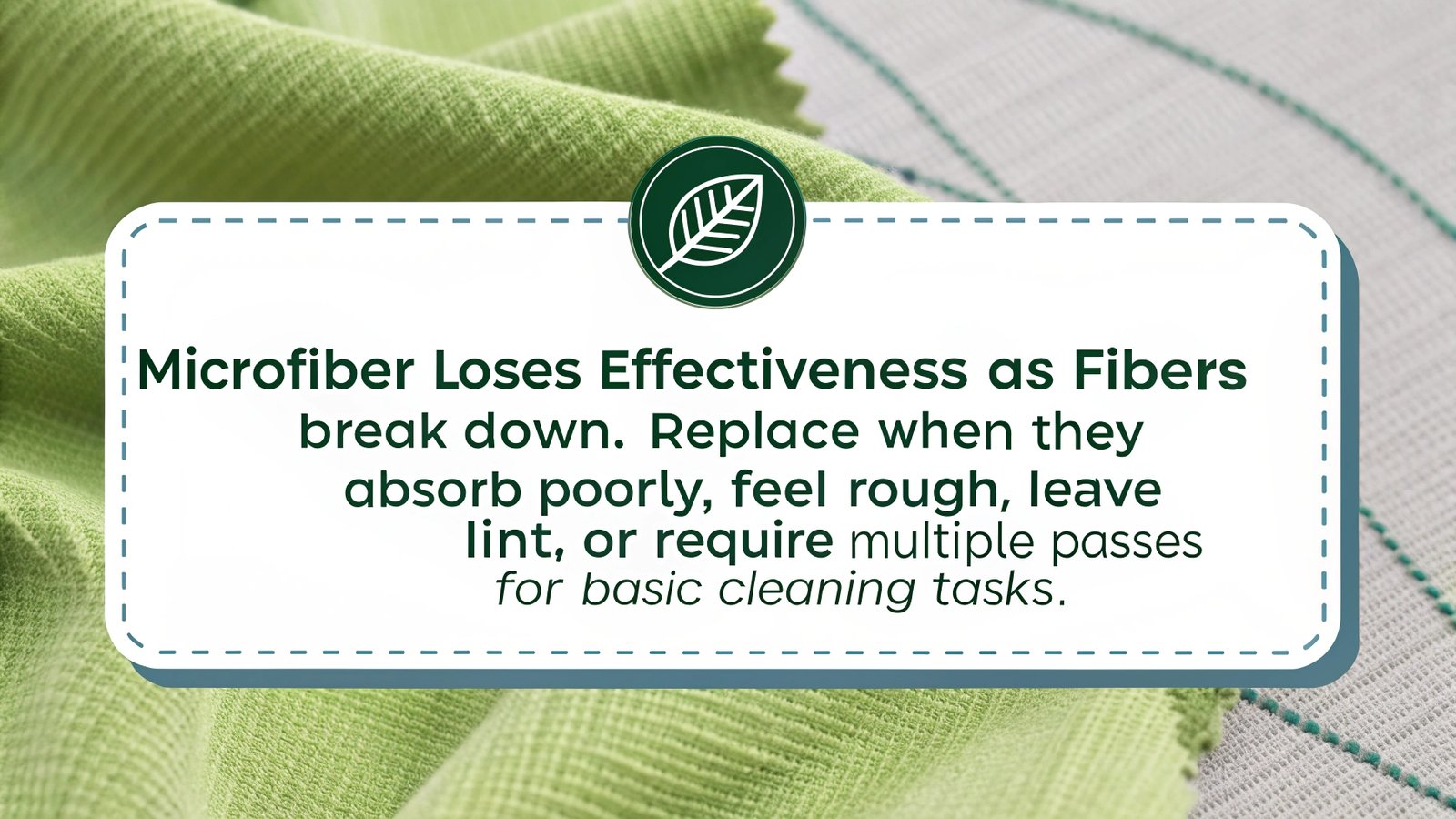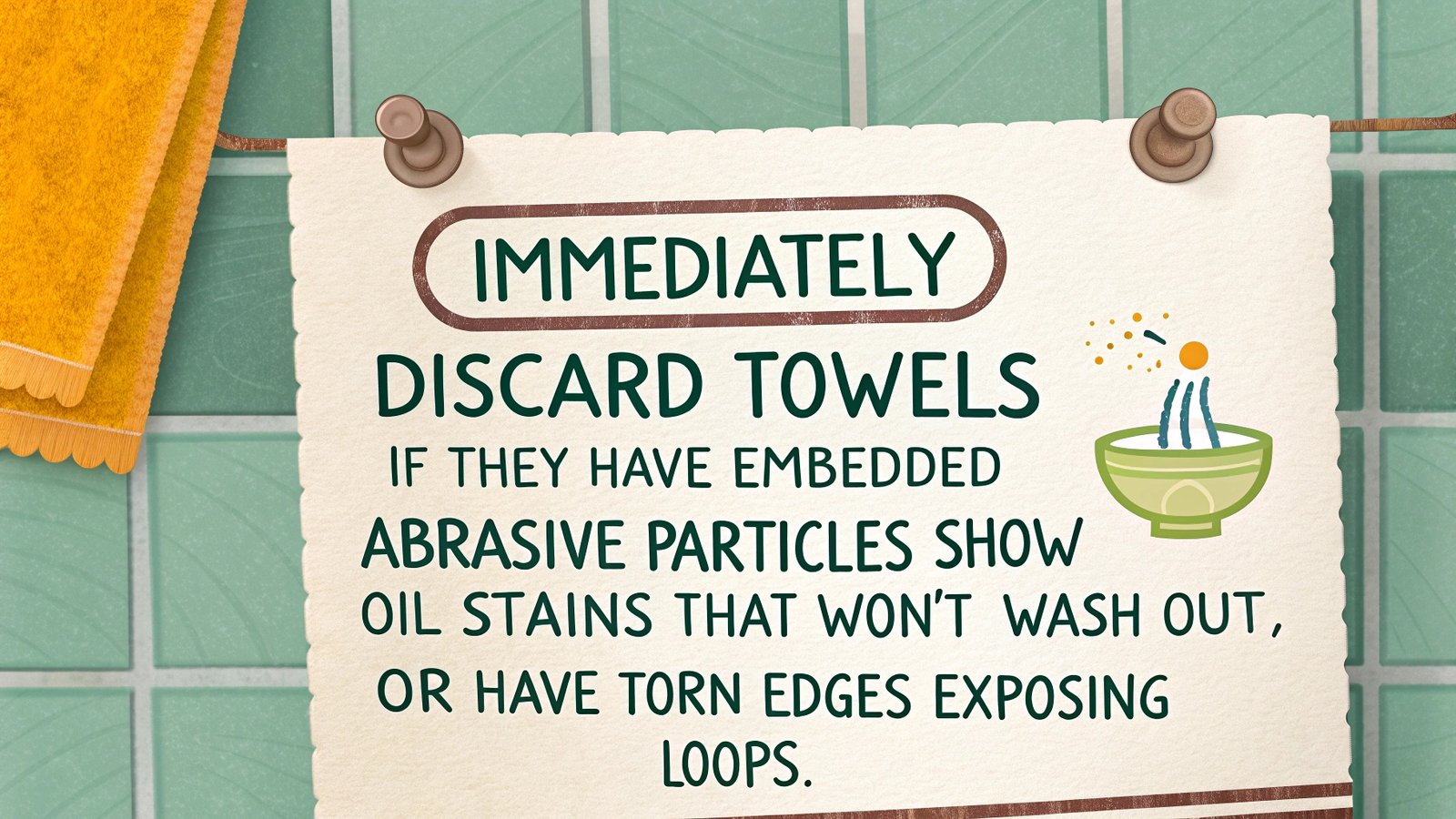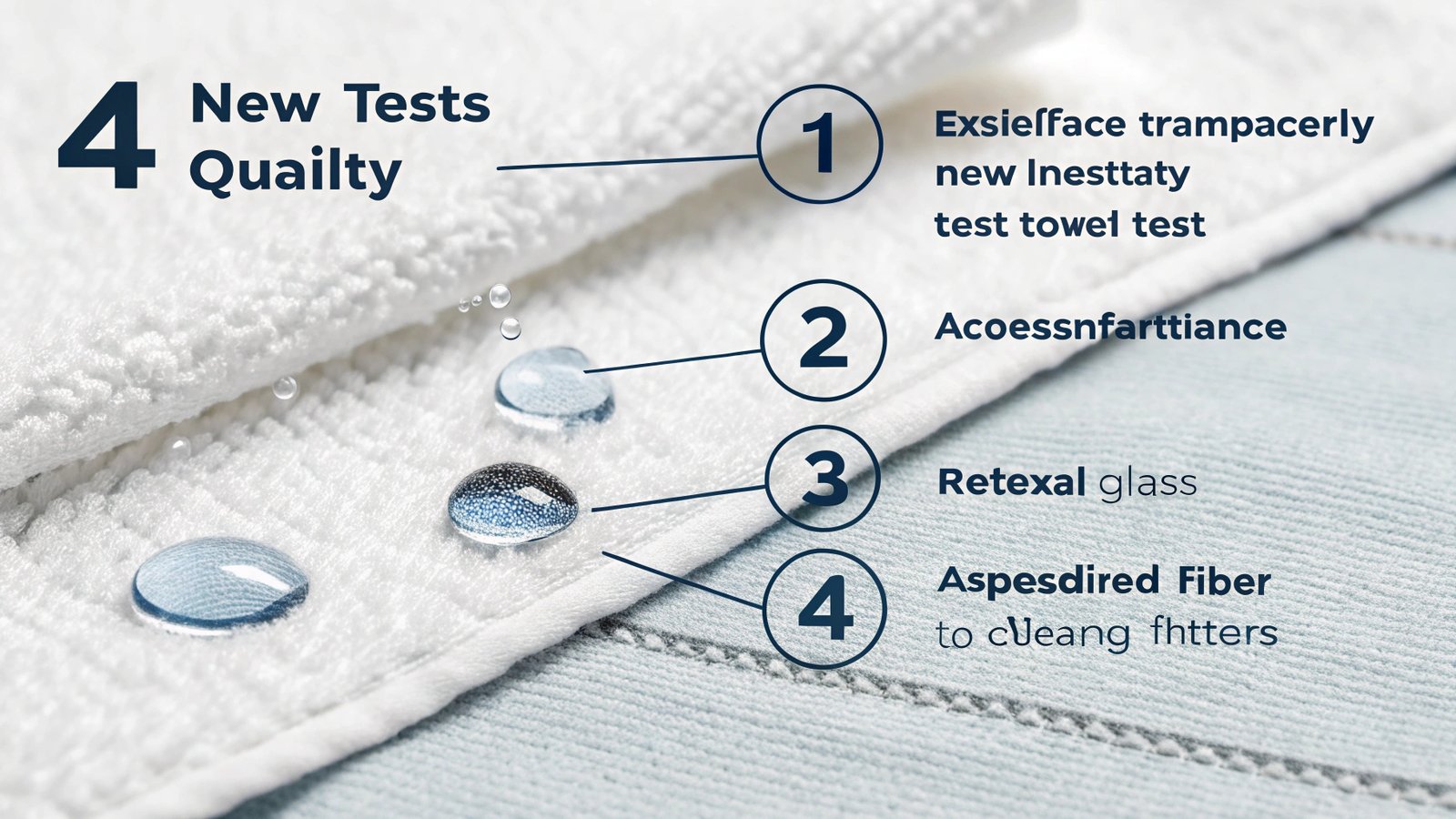Struggling with towels that just don't clean like they used to? Knowing when to rotate your microfiber can save you time and money.
Premium microfiber towels typically last 50-75 washes before needing replacement. Heavy-use towels (wheels, engine bays) should be replaced every 25-30 uses, while drying towels can last 100+ washes if cared for properly.
Discover how to assess your towels and when it's time to upgrade your supply.
How long does a microfiber towel last?
Notice your towels taking longer to dry or leaving streaks? This reveals their true lifespan.
Most microfiber towels provide peak performance for 6-18 months with weekly use. The lifespan depends on: 1) fiber blend, 2) wash frequency, 3) type of use and 4) cleaning methods.
Here's what affects longevity:
| Microfiber Life Factors: | Factor | Ideal Condition | Reduces Life By |
|---|---|---|---|
| Fiber Type | 80/20 polyester/polyamide | Up to 40% | |
| Wash Temp | Below 140°F (60°C) | Up to 50% | |
| Detergent | No softeners/fabric sheets | Up to 70% | |
| Storage | Clean, dry and open air | Up to 30% |
For maximum lifespan:
- Hang dry only
- Wash similar colors together
- Avoid bleach
- Use mesh laundry bags
- Store folded or rolled
Do microfiber towels need to be replaced?
Are you frustrated with towels that spread dirt instead of removing it? There comes a point when replacement is the only solution.
Yes - microfiber loses effectiveness as fibers break down. Replace when they: absorb poorly, feel rough, leave lint or require multiple passes for basic cleaning tasks.
Understanding the performance drop-off:
| Performance Metrics by Age | Wash Cycles | Absorption | Scrubbing | Streaking |
|---|---|---|---|---|
| 0-20 | 95-100% | Excellent | None | |
| 21-50 | 80-95% | Good | Minor | |
| 51-75 | 60-80% | Fair | Noticeable | |
| 76+ | Below 50% | Poor | Constant |
Downgrade older towels to:
- Engine bay cleaning
- Door jambs
- Undercarriage
- Interior carpets
- Shop rags
When should you throw out microfiber towels?
Seeing fibers in your paint after washing? Some towels should be retired completely, not just downgraded.
Immediately discard towels that: 1) Have embedded abrasive particles 2) Show oil stains that won't wash out 3) Develop mildew smell 4) Have torn edges exposing loops
When damage becomes safety concern:
| Disposal Guidelines | Issue | Risk | Solution |
|---|---|---|---|
| Embedded debris | Scratches surfaces | Discard | |
| Chemical damage | Fibers degrade | Recycle | |
| Torn fibers | Catch on trim | Cut up | |
| Permanent stains | Transfer marks | Demote | |
| Odor issues | Contaminate areas | Replace |
Special cases requiring replacement:
- Wax/polish application towels
- Glass cleaning towels
- Ceramic coating towels
- Medical/sanitary use
- Food service towels
How to tell if microfiber towels are bad?
Wondering if your towels are failing or if you're just imagining it? Run these quick diagnostic tests.
Test towel quality by: 1) Water bead test (should absorb instantly) 2) Streak test on glass 3) Fiber inspection under light 4) Performance compared to new towel
Simple at-home evaluations:
| Performance Tests | Test | Good Towel | Bad Towel |
|---|---|---|---|
| Water Pour | Absorbs fully | Pools/rolls off | |
| Finger Drag | Smooth glide | Rough/catchy | |
| Stretch Test | Returns to shape | Stays stretched | |
| Light Test | Uniform fibers | Broken/clumped | |
| Black Surface | No lint | Leaves fibers |
Upgrade when you notice:
- Increased effort required
- More product needed
- Water spots after drying
- Haze left on surfaces
- Visible wear patterns
Conclusion
Replace regular-use microfiber towels every 6-12 months. Immediately discard damaged towels. Test absorption and streaking to gauge remaining usefulness.

